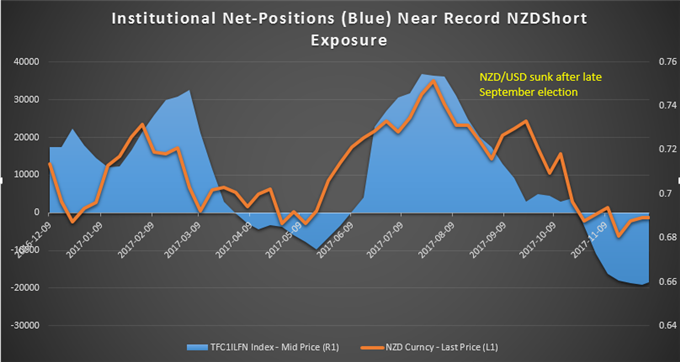
China is responsible for around 60% of total germanium production and 80% of gallium production, and these developments underscore our view that Sino-Western will continue to deteriorate. Moreover, Chinese policymakers announced that as of August 1, a licence will be required for the shipping of gallium and germanium, which are critical to the manufacturing of semiconductors and electronics. The softness in June was driven by a sharp slowdown in services (57.1 in May to 53.9 in June), highlighting that the recovery is losing some steam and on track to hit our 5.2% real GDP growth forecast. Now the two indices are posting similar readings. There had been a slight divergence between the two readings in May, as the Caixin PMI rose to 55.6 while the official reading fell to 52.9. Mainland China: The unofficial Caixin PMIs came out for China on July 3, and at 52.5, they converged with the official reading of 52.3 in June. Elsewhere, the final print of the eurozone composite PMI resulted in it being revised from 50.3 to a year-to-date low of 49.9, driven in part by softer than anticipated Spanish and Italian data. This left total production some 5.0% below its already subdued February 2020 level, highlighting the long-term problems that the German industrial sector has been enduring. Indeed, the production figures released the next day were notably at odds with the turnover subcomponent of the orders data, with output contracting by 0.2% m-o-m in May. The data – which can be volatile – are difficult to square with other survey indicators and hard data. Factory orders surged by 6.4% m-o-m in May, the largest one-month rise since the post-pandemic rebound in June 2020. At a time when productivity growth has been almost non-existent, persistently strong wage inflation will be causing some concern at the Fed.Įurope: German industrial data were the main feature of what was otherwise a relatively quiet release calendar in Western Europe last week. Against this backdrop, earnings growth has remained firm, stabilising at roughly a 4.5% m-o-m annualised rate.

A brighter economic outlook has also contributed to a modest uptick in labour market churn, with quits jumping to their highest level since December 2022 in May.

Job openings did fall sharply from 10.3mn in April to 9.8mn in May per the JOLTS data, but hiring picked up and the employment component of the services ISM suggested that this trend continued into June.


 0 kommentar(er)
0 kommentar(er)
